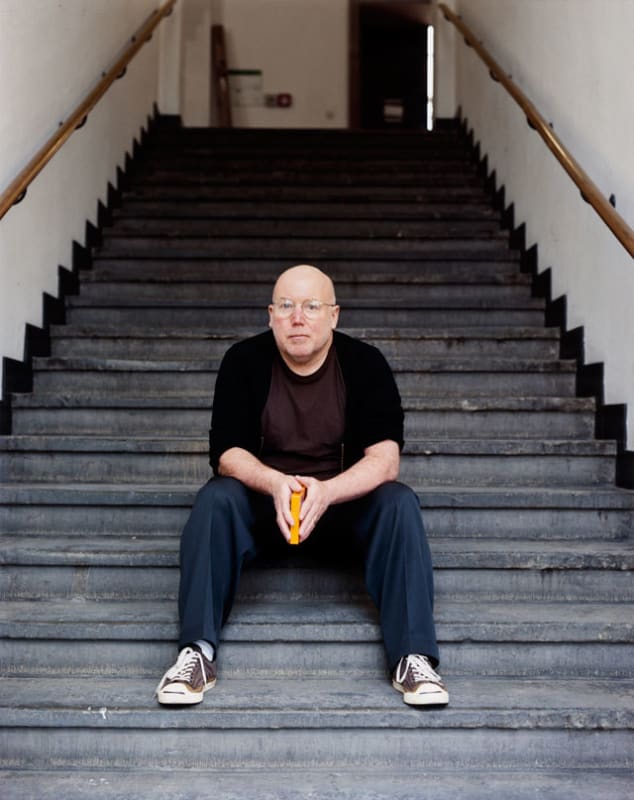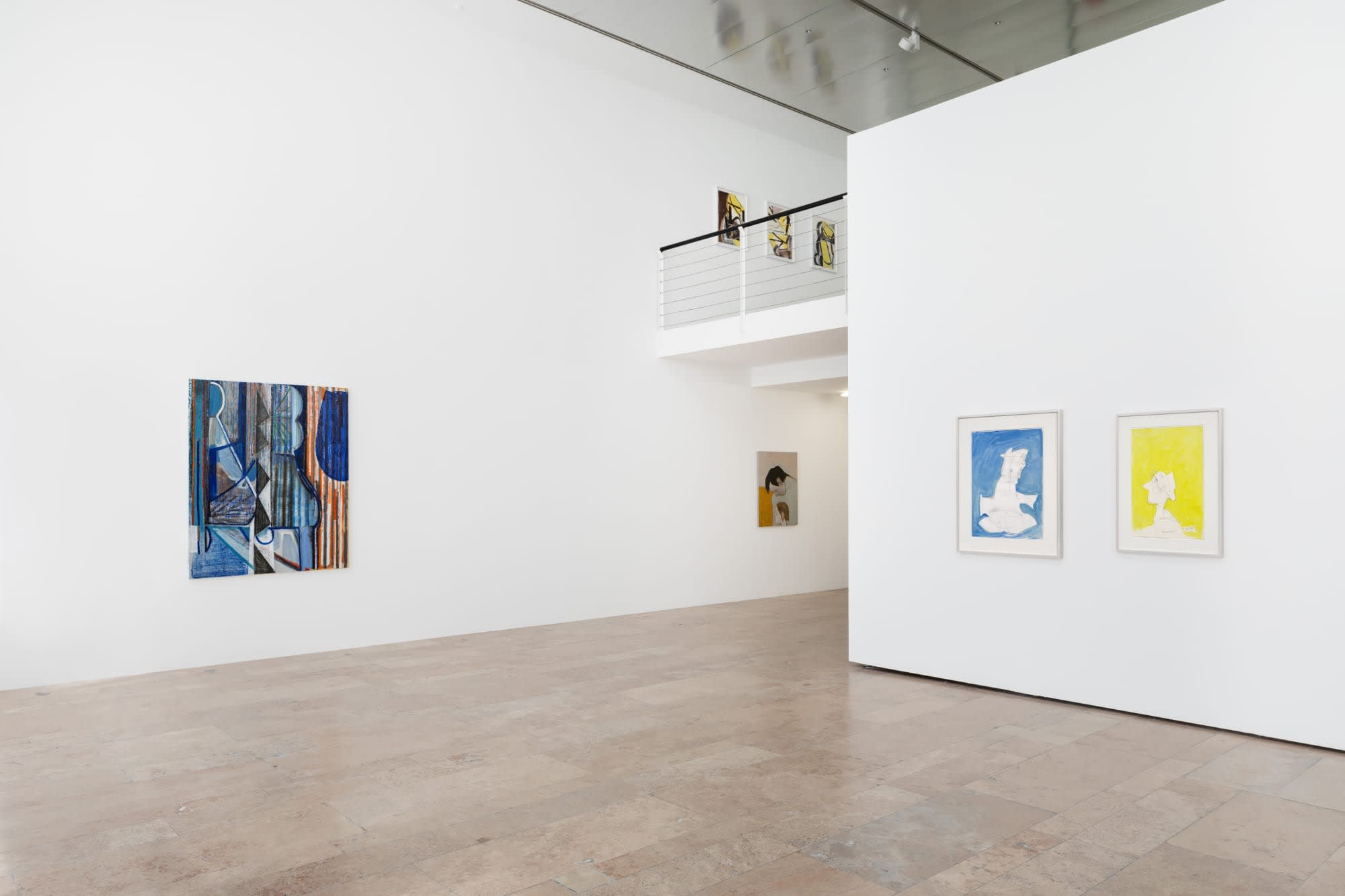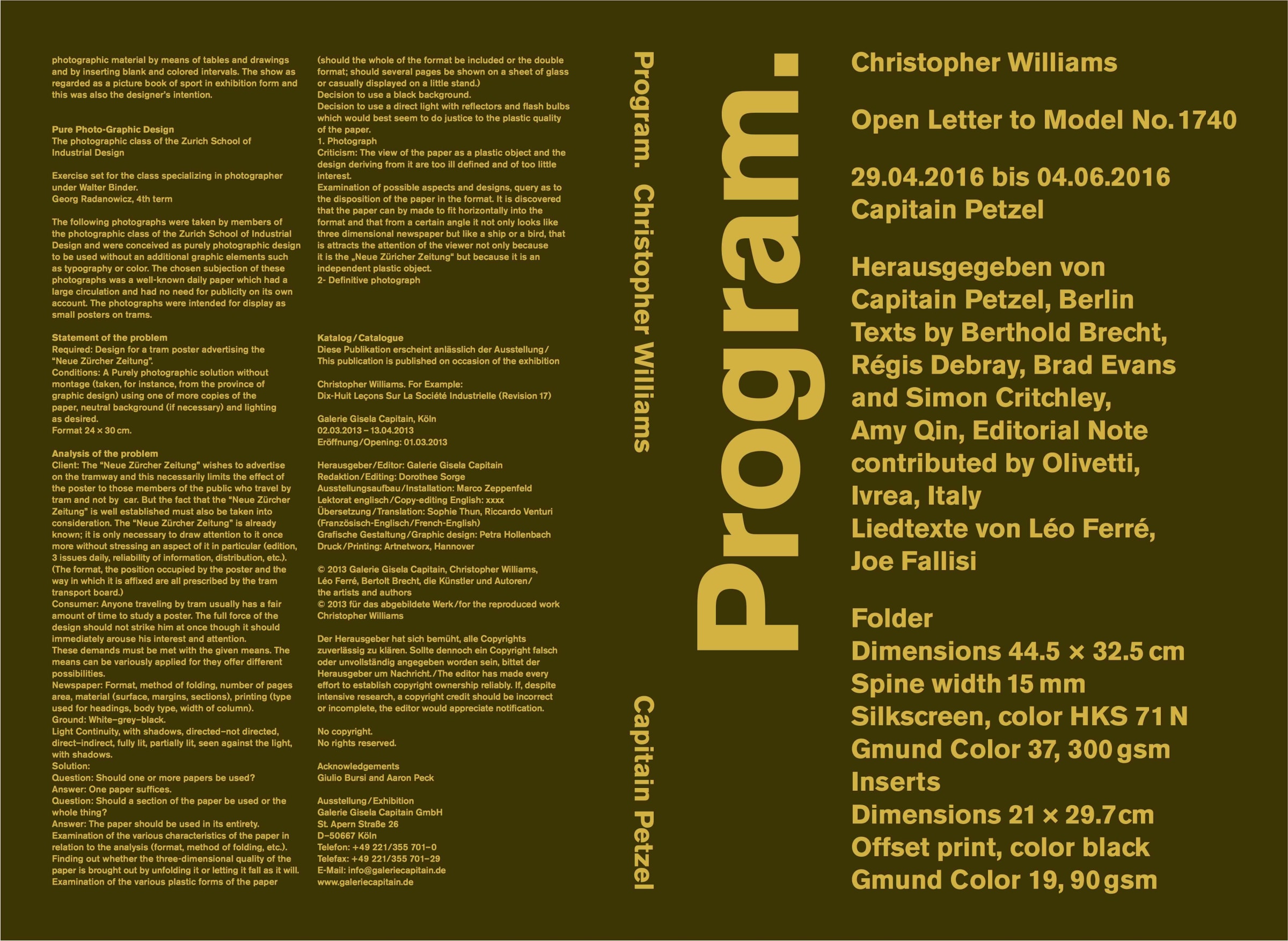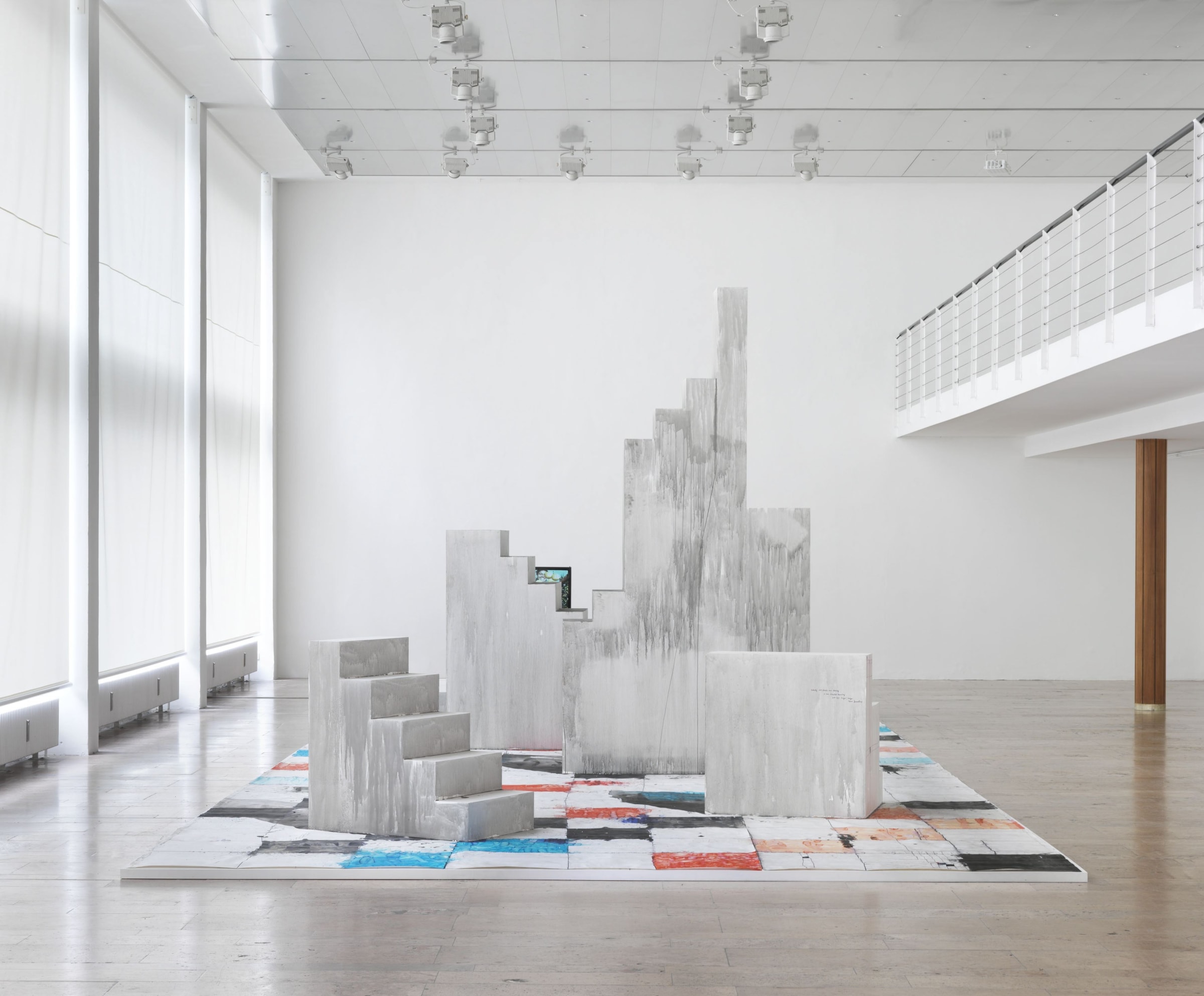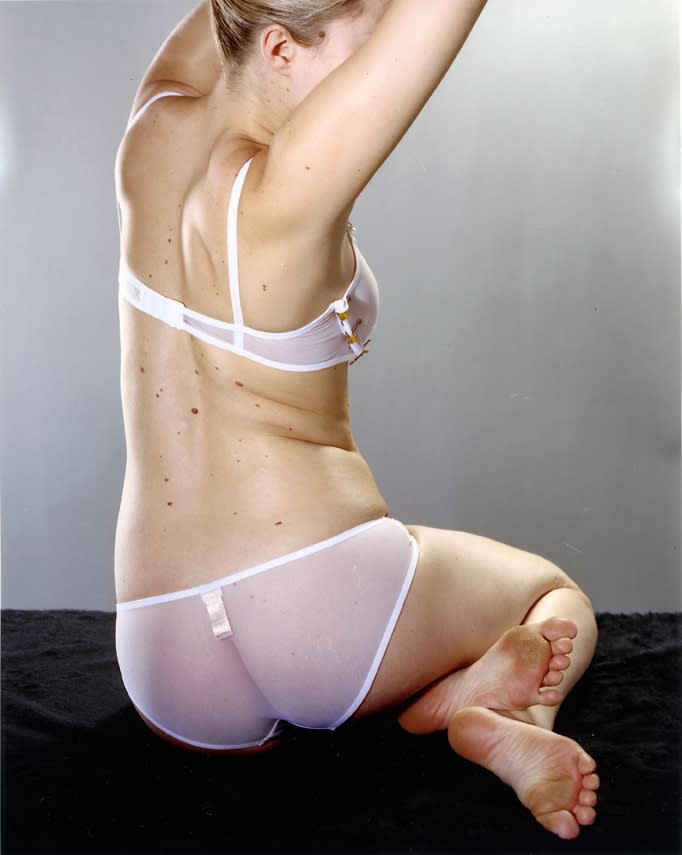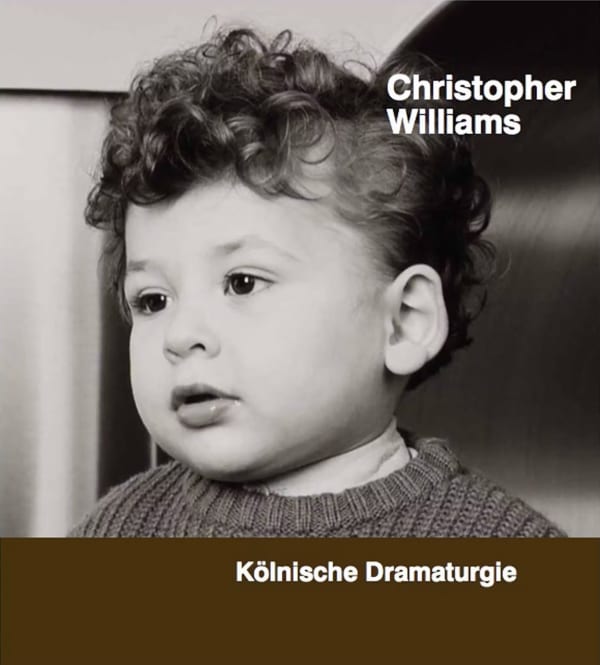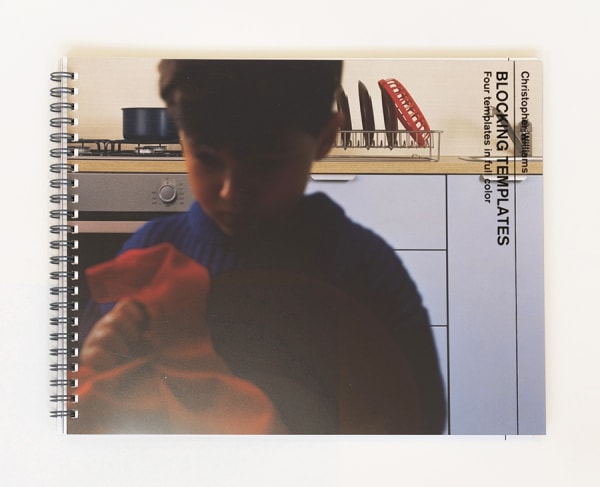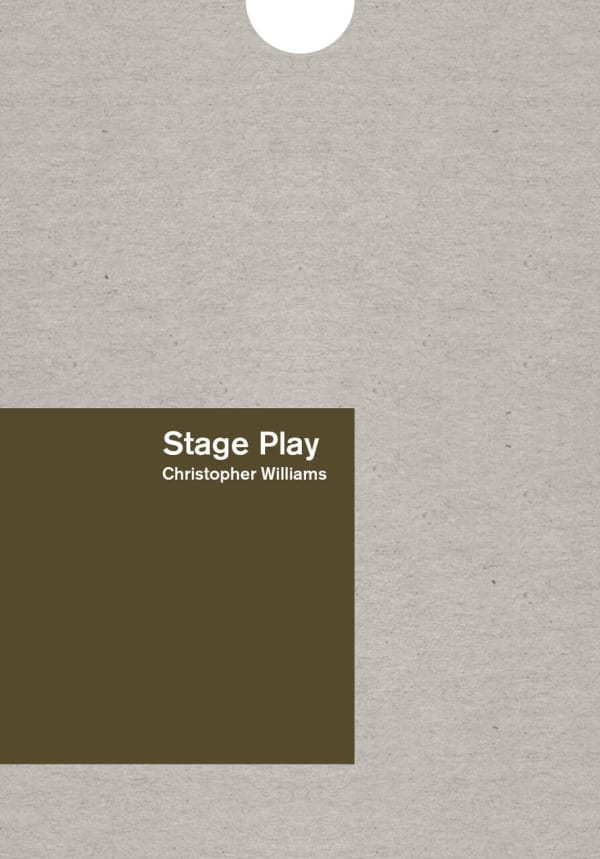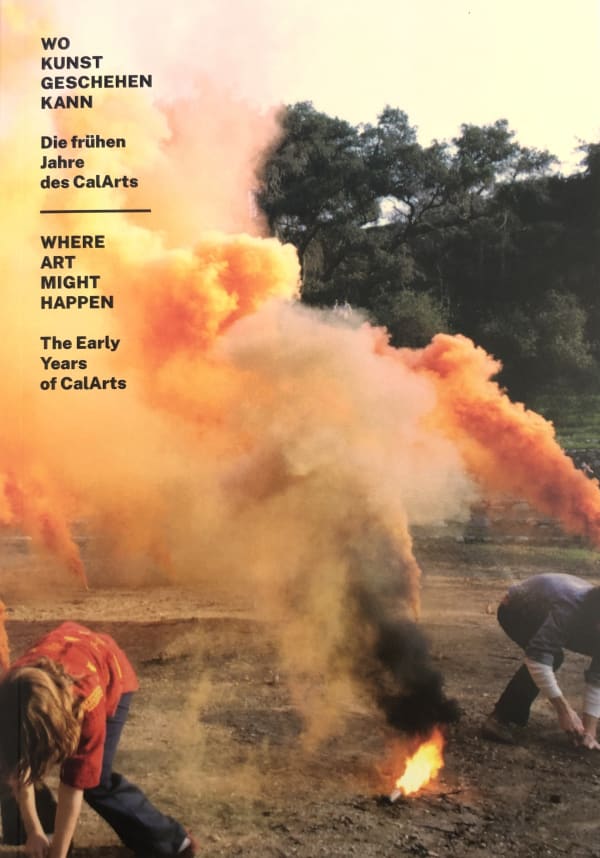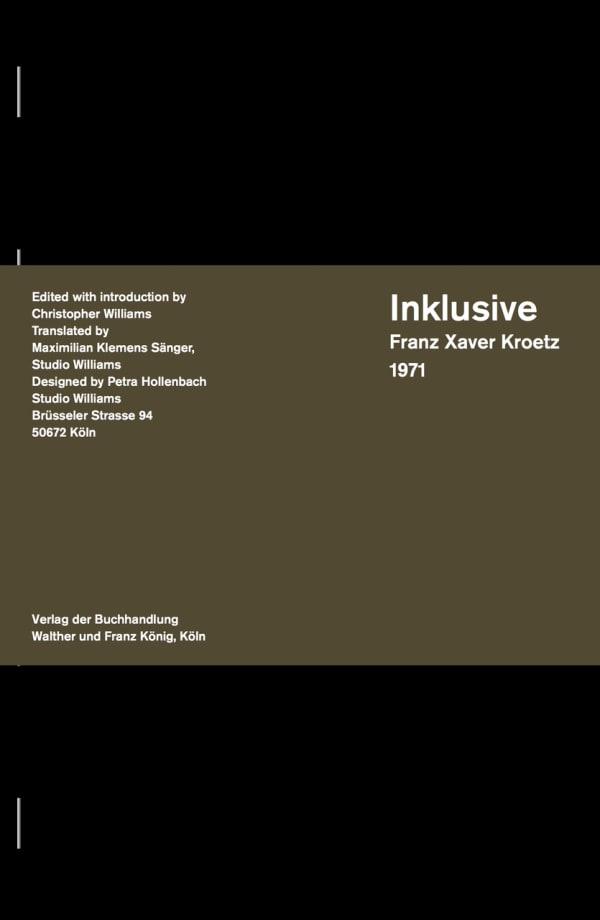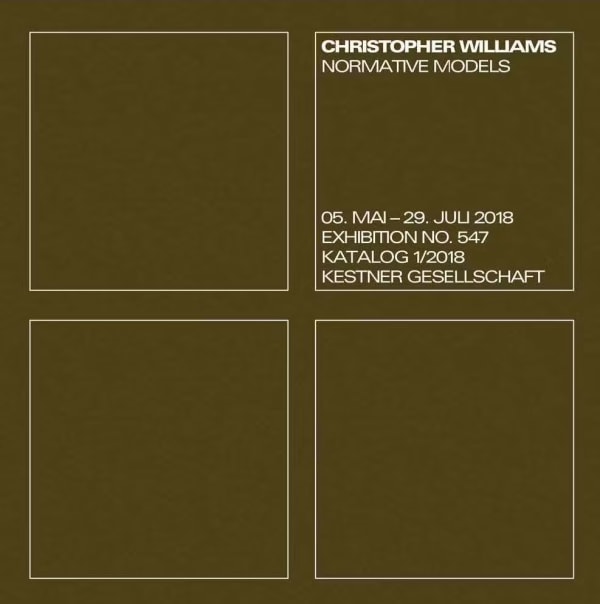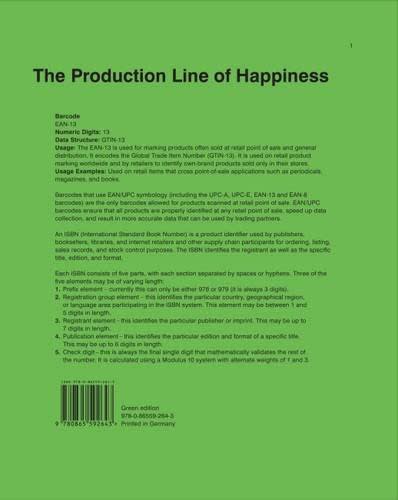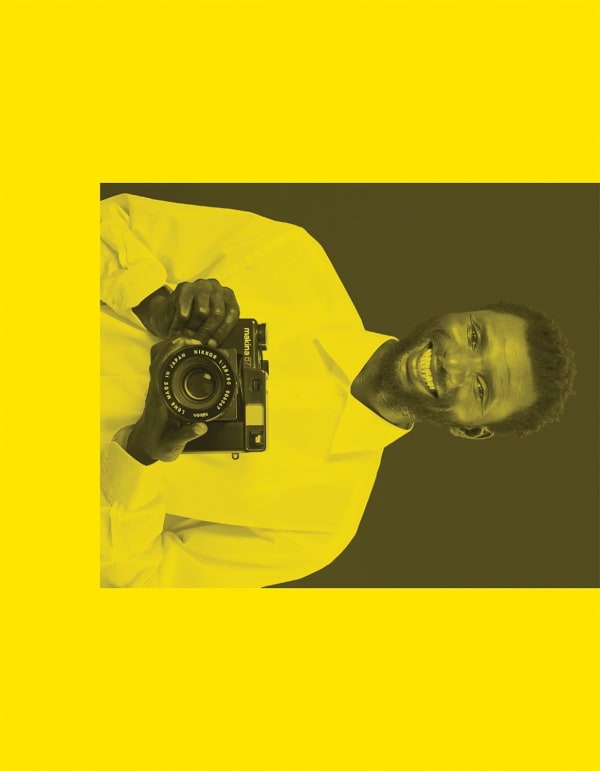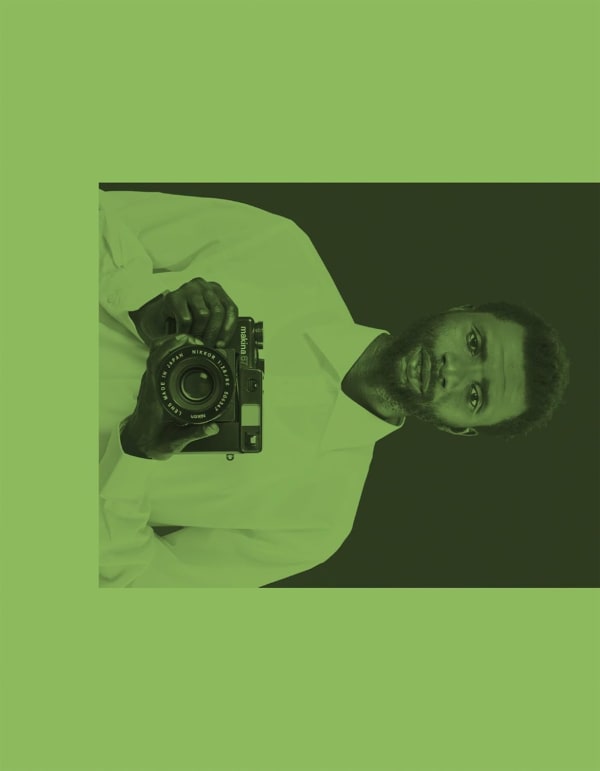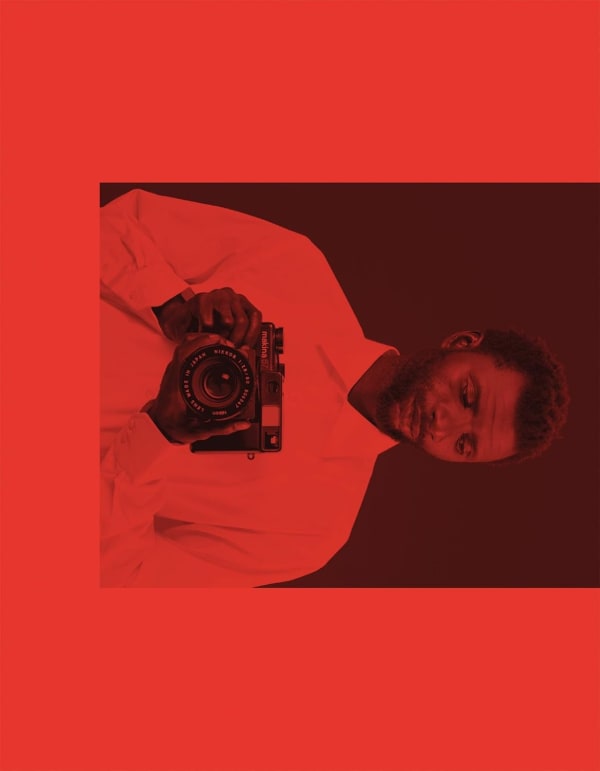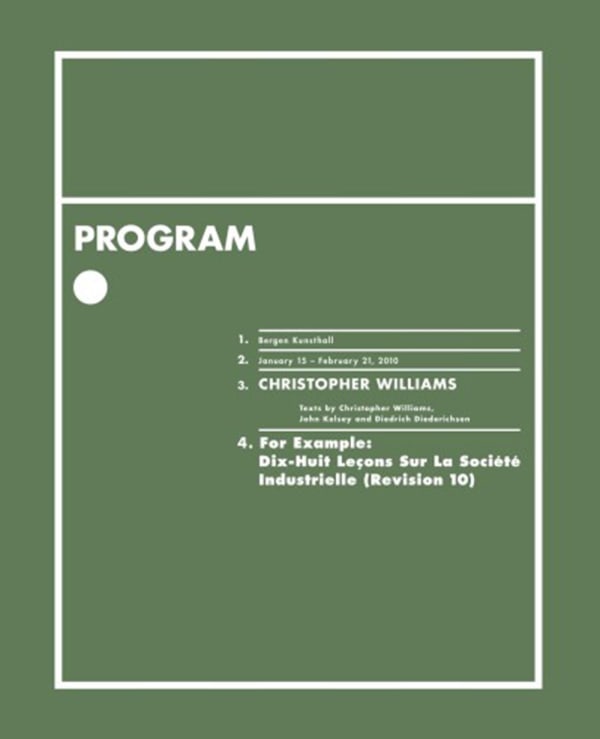Christopher Williams
-
Biography
Born 1956 in Los Angeles, CA
Lives and works in Los Angeles, CA
Operating through the medium of photography, Christopher Williams’ work is an investigation of the current condition of pictorial representation and production. Functioning as both conceptual art and institutional critique, Williams crafts historically and politically referential photographs that analyze aesthetic conventions and the contemporary context of image making.
A range of references are at play in Williams’ photographic style; 1960s advertisements come to mind, as well as histories of film and fine art. His carefully crafted, technically precise images take ordinary objects, scenes and people as their subjects, rendering them with great detail and precision, making them appear almost eerily perfect and uncanny. Williams mimics the ultra-sleekness of the synthetic commercial world — set slightly off balance, reminding us of the ingrained conventions of modern image making.
Williams’ medium is not merely the taking of photographs, but also the construction of the setting with extreme care and precision, and the staging of the finished works. Extensive descriptive titles, unusual hanging heights, and interventions in the exhibition architecture are usual for Williams. In demonstrating how dependent art objects are on their methods of production and contexts of display, the ‘constructed-ness’ of images is revealed. Williams draws attention to the staged nature of his photographs, foregrounding the technical production process and the process of photography itself.
Williams has exhibited extensively worldwide, with solo exhibitions at C/O Berlin; Kestner Gesellschaft, Hannover; La Triennale di Milano; Whitechapel Gallery, London; Museum of Modern Art, New York; Musée d’art moderne et contemporain, Geneva; Museum Dhondt-Dhaenens, Deurle; Kunsthalle Baden-Baden; Kunsthalle Zürich; Secession, Vienna among many others. His work can be found in the collections of the Museum of Modern Art, The Metropolitan Museum of Art, Whitney Museum of American Art and Solomon R. Guggenheim Museum all in New York; Hammer Museum, Los Angeles; Ludwig Museum, Cologne; Hamburger Bahnhof, Berlin; Hirshhorn Museum and Sculpture Garden, Washington, DC; The Art Institute of Chicago, and more. Since 2008, Williams has been the professor of Photography at the Kunstakademie Düsseldorf.
-
-

-

-
-
Works
Christopher Williams
Model No. 2745 (Son) Distance to lens: 105.5 cm Garment label: HANOI TOCONTAP VIETNAM 48 Model No. 1542 (Mother) Distance to lens: 159 cm Garment label: VEB Wäschekonfektion m94 Obercrinitz 40° Model No. 1316 (Father) Distance to lens: 231 cm Garment labe, 2020Archival pigment print73,7 x 81,3 cm
28.7 x 31.9 inchesEdition of 10 (#6/10)B-CWILLIAMS-.21-0008The family picture is organized around three focal planes. This is a family of professionals, lifestyle models skilled in the art of producing the appearance of sleep. Each model is...The family picture is organized around three focal planes. This is a family of professionals, lifestyle models skilled in the art of producing the appearance of sleep. Each model is calibrating their performance to correspond to their specific position as it relates to the three planes of focus. To feign the visible conditions of sleep for hours, remaining motionless, with eyes closed, while a team of technicians calibrate lighting, adjust camera settings, maintain hair and makeup, and arrange set and wardrobe details for continuity and blocking, requires a great deal of discipline. In this “production play”, in this Cold War drama, the cloak of labor provides cover for dreaming. The son, Model No. 2745, is positioned 105.5 cm away from the lens, and, unlike the mother and father,2 is in sharp focus. Although he is a model, producing an image of sleep for the camera, and although his sleepwear has been pressed and prepared for this production, his garment appears to be several sizes larger than necessary. While this is readily apparent to anyone looking at the photograph, what is not so obvious is a detail that becomes clear upon the examination of the garment label: HANOI TOCONTAP VIETNAM 48. The sleepwear was rented from Adlershofer Fundus Kostüm- & Requisitenverleih in Berlin, a prop house specializing in props and costumes for period film and theater productions set in former East Germany. But what about the mother and father? To focus is to assert a preference for one surface over another. What value or significance is assigned to this focus and why is it privileged? What are the ideological implications of depth of field? What does the son’s isolation mean? To speak of one thing, it is necessary to remain silent in regard to another. A model is a representation of a system.1of 30ExhibitionsExternal ExhibitionsNewsPressPublications
